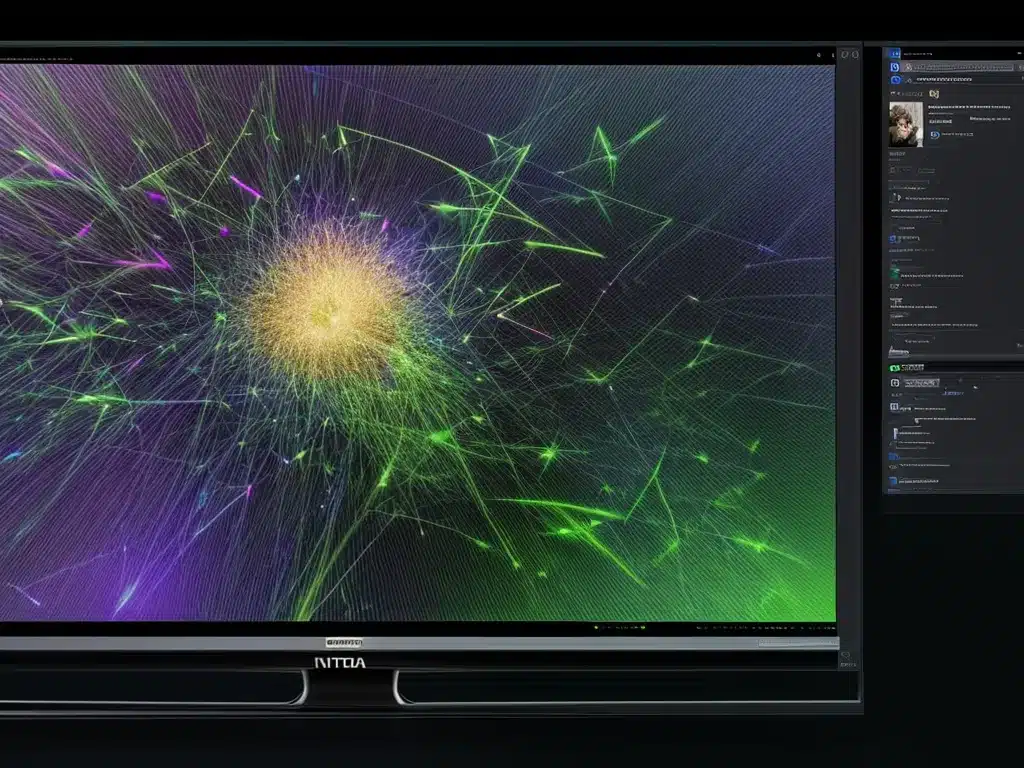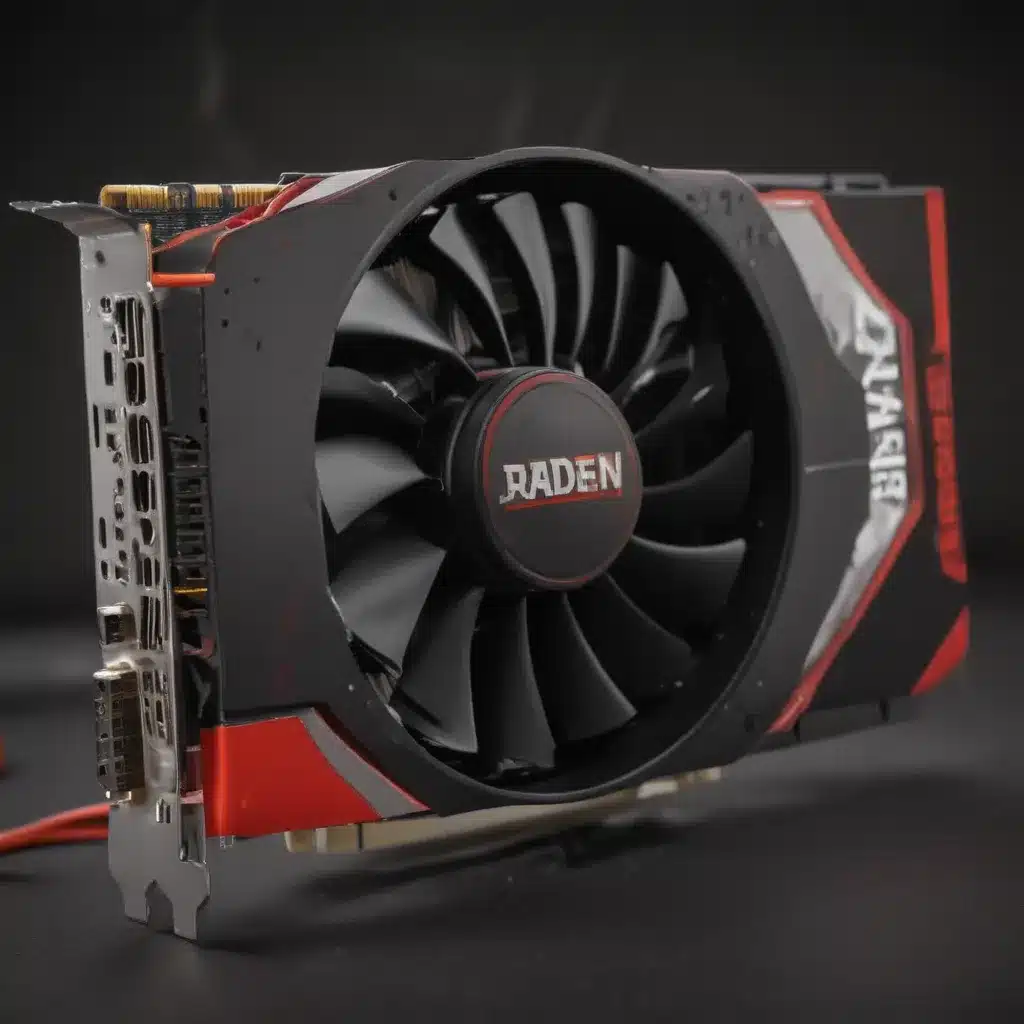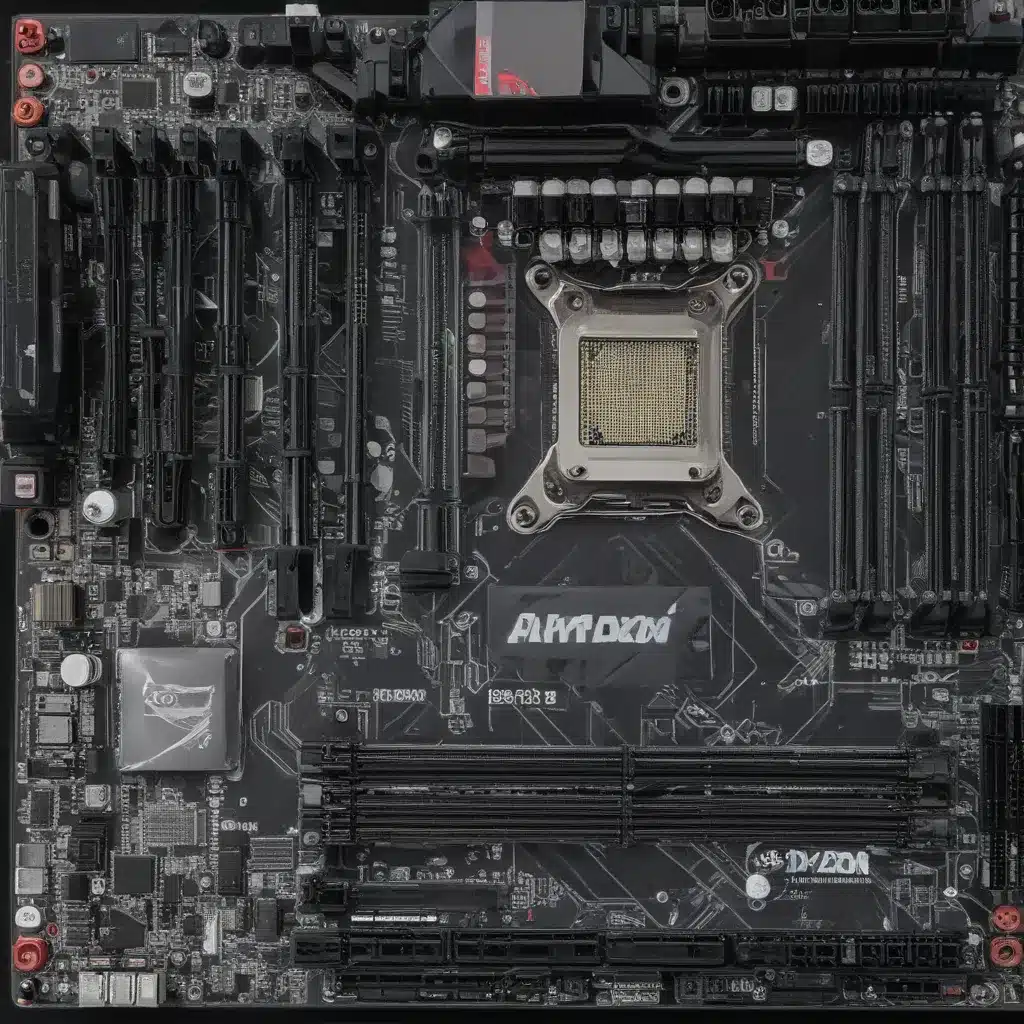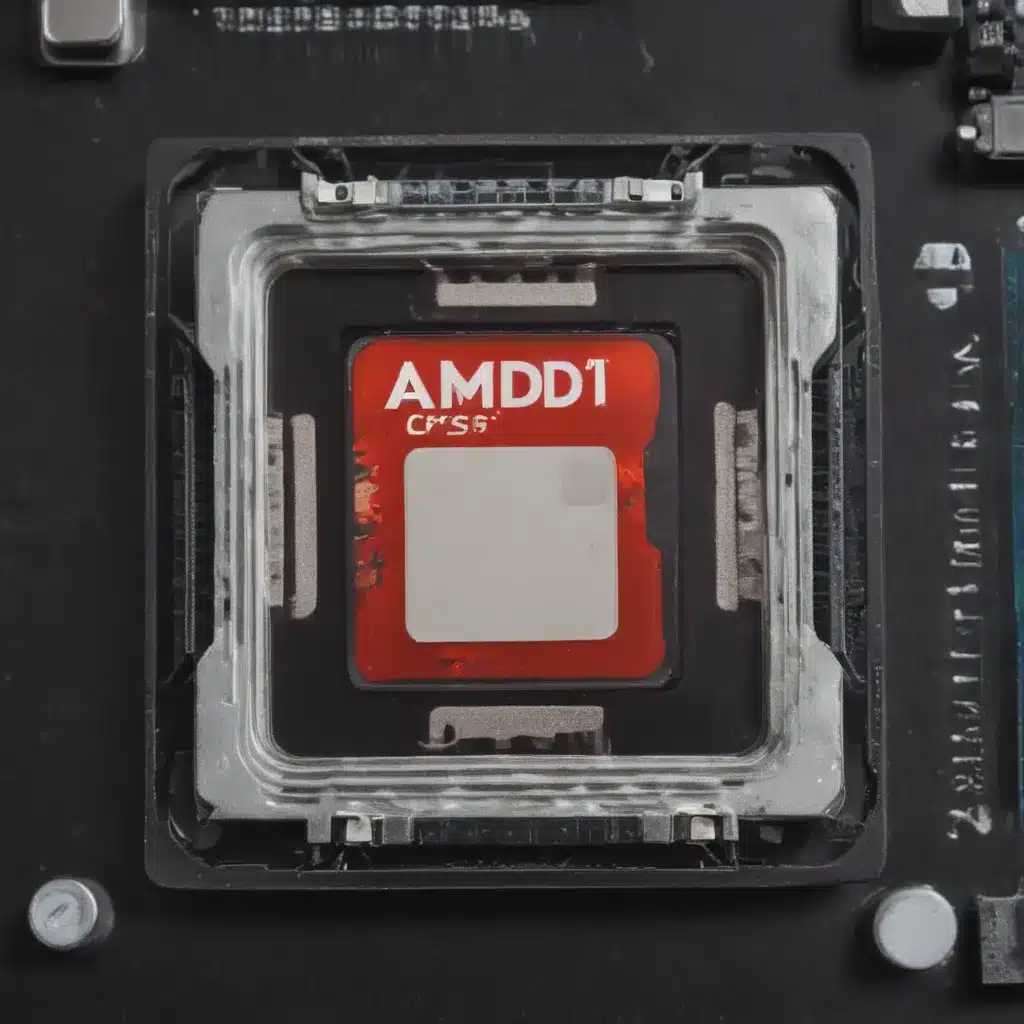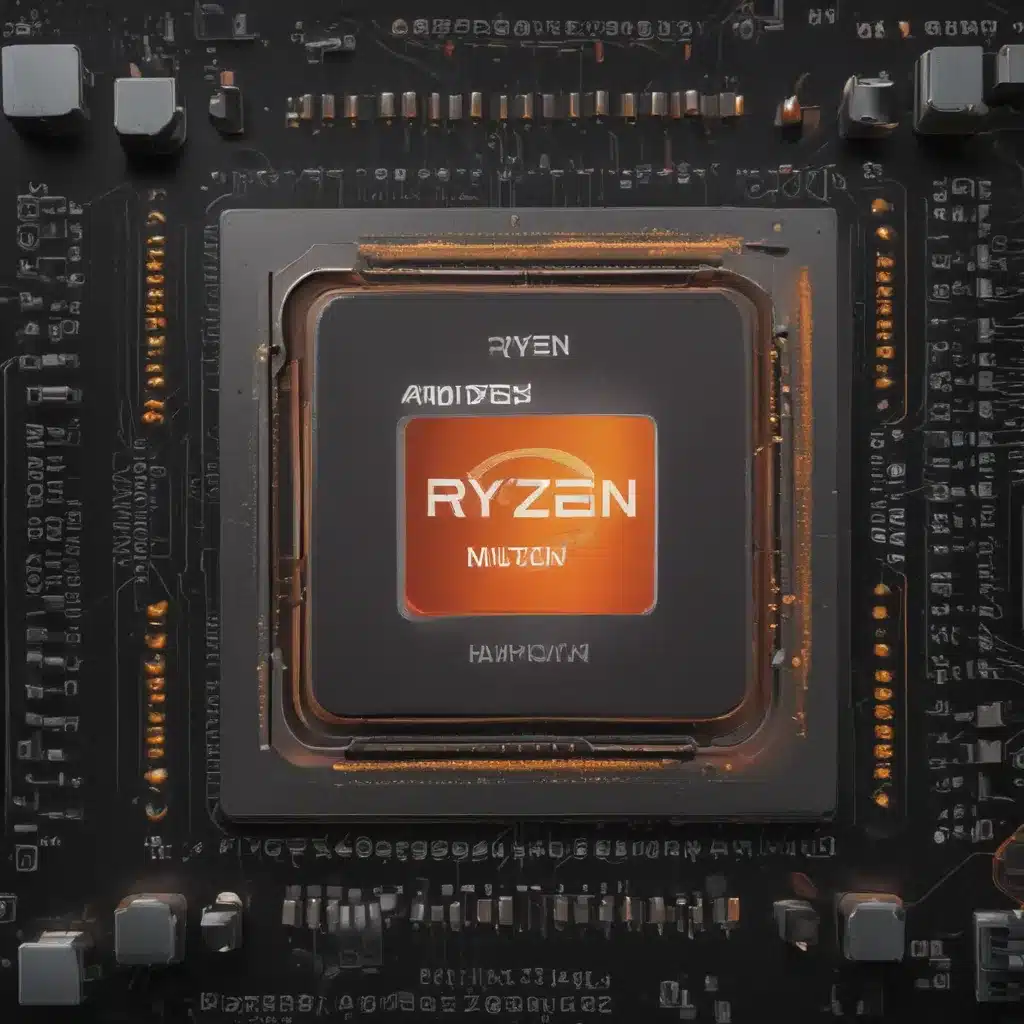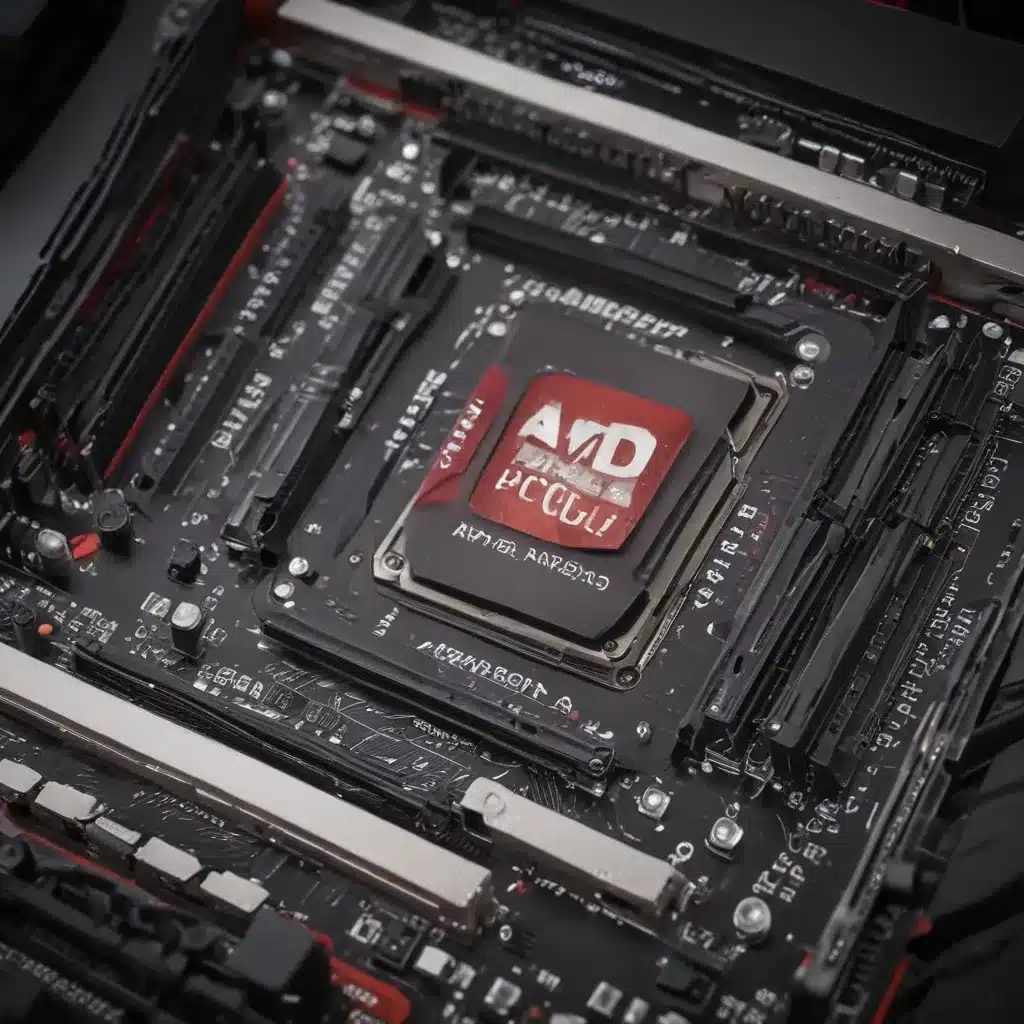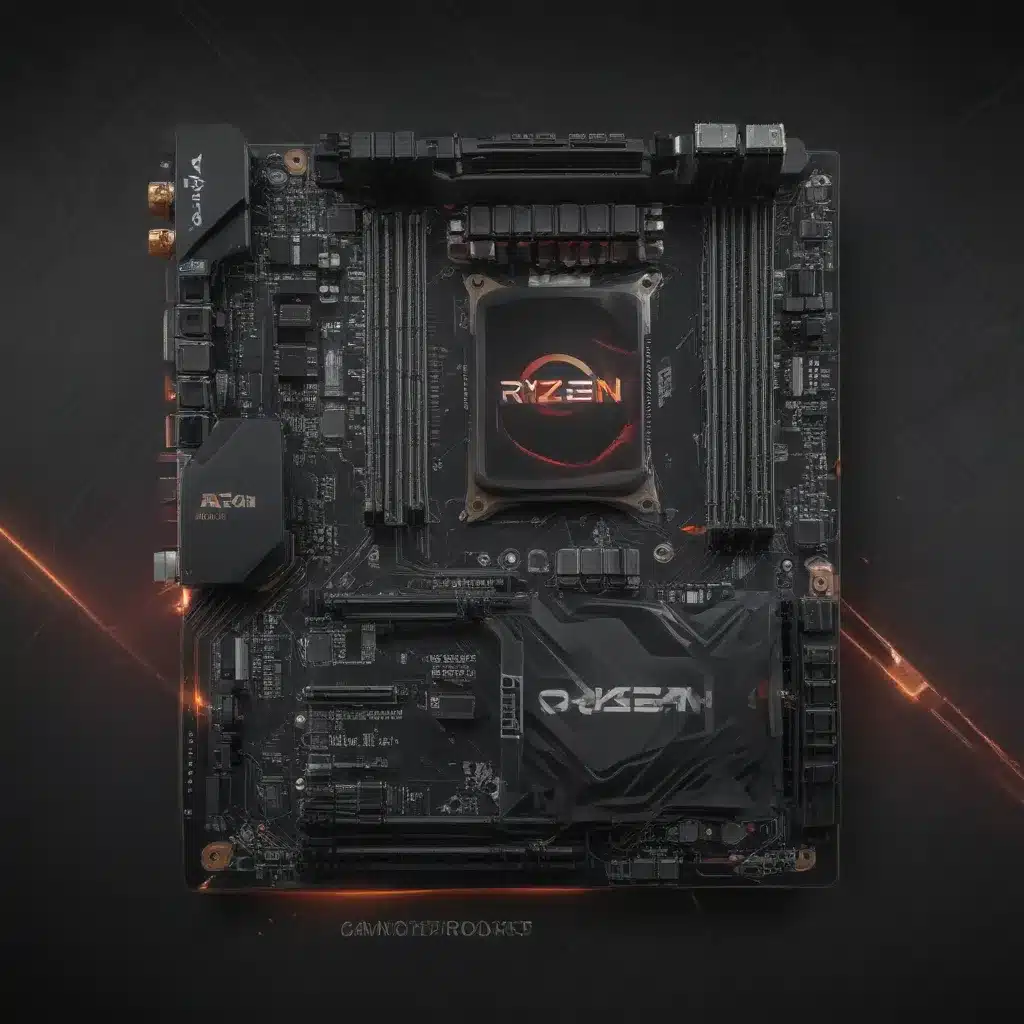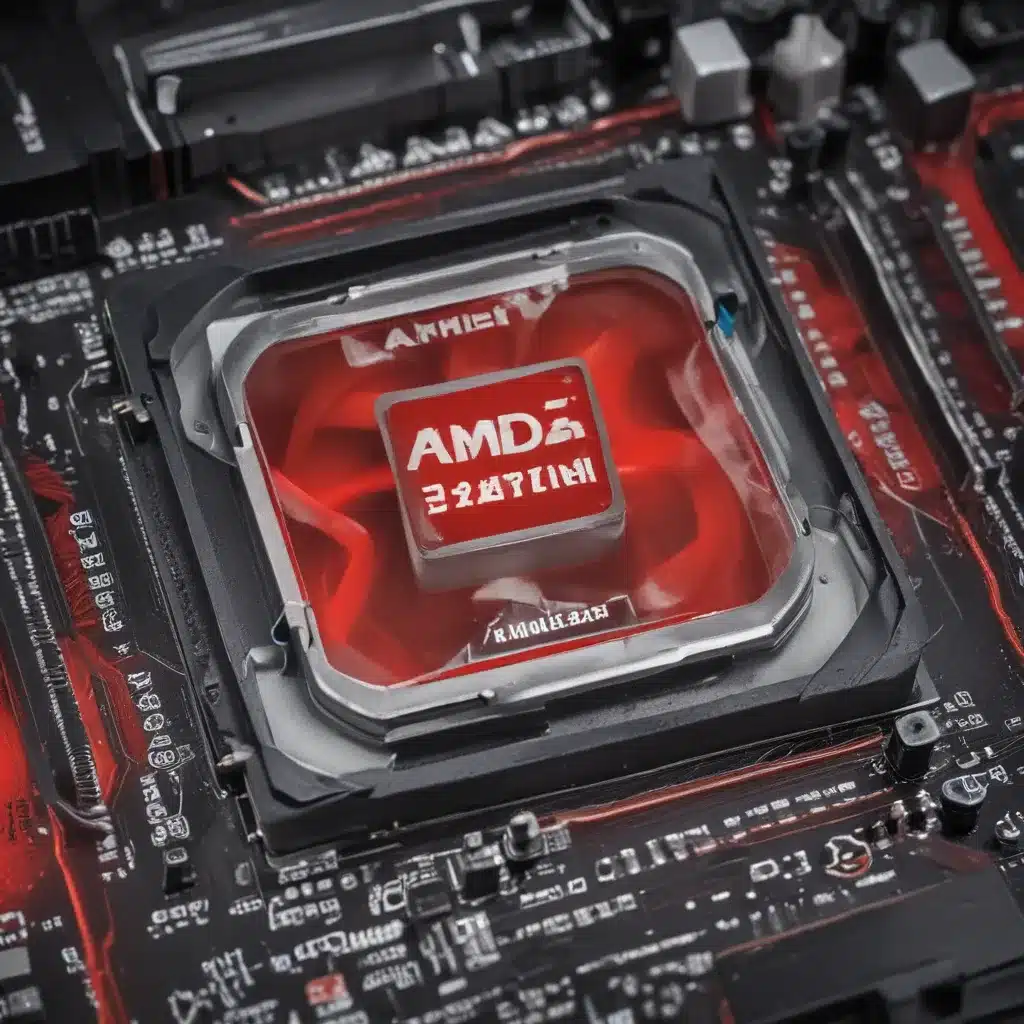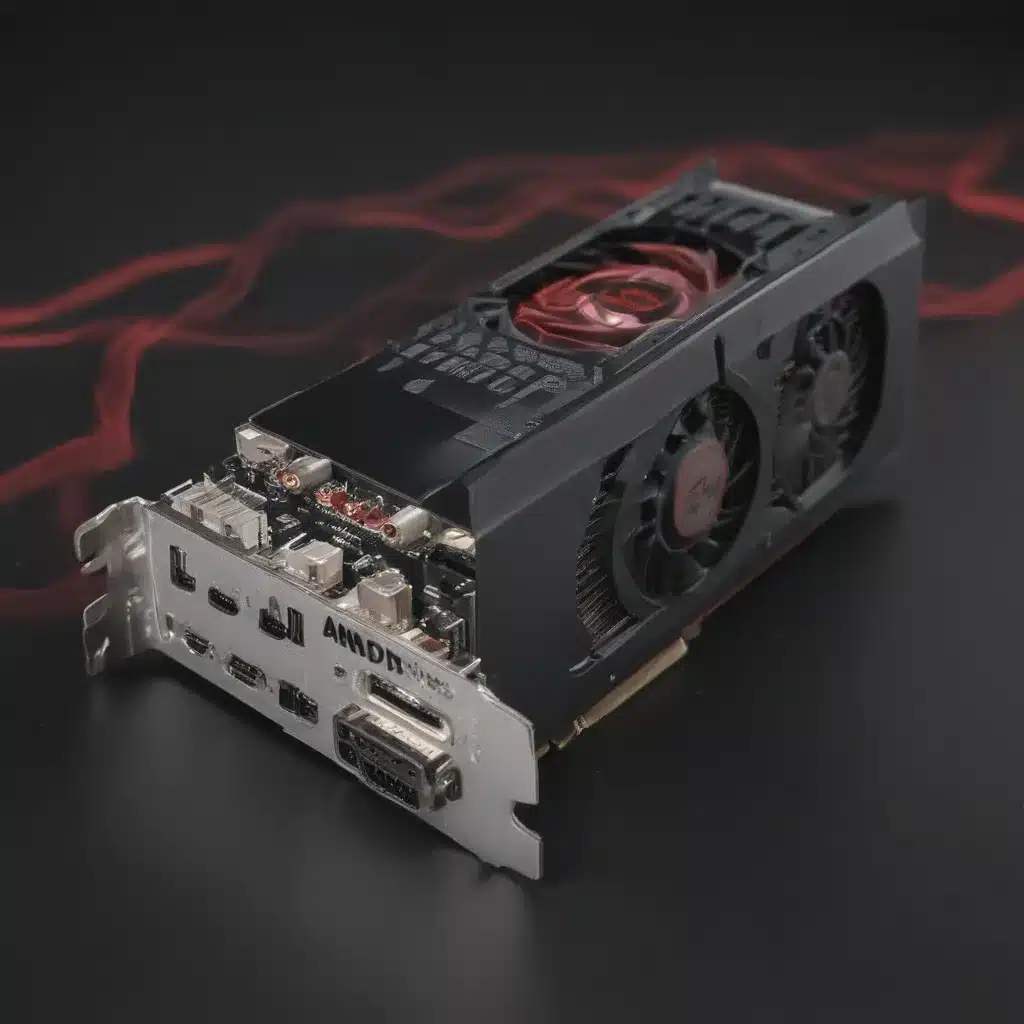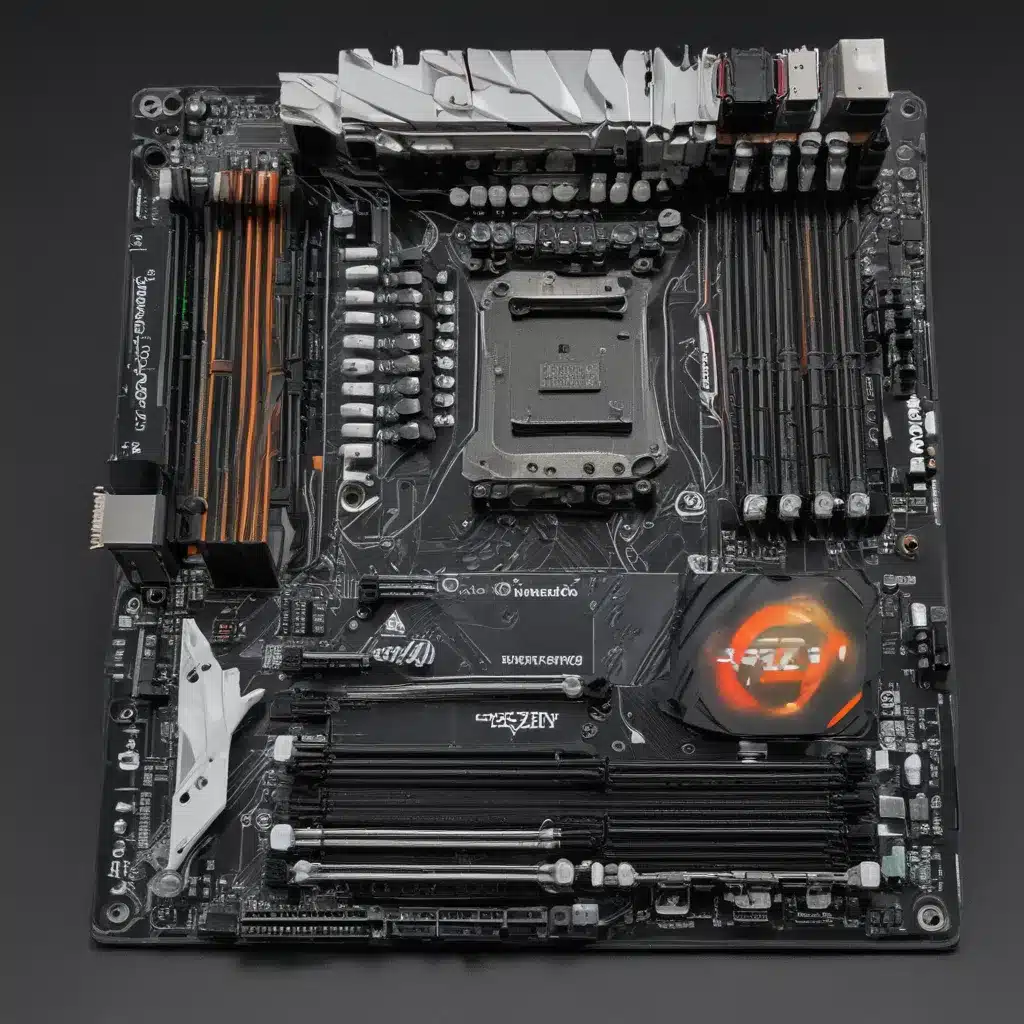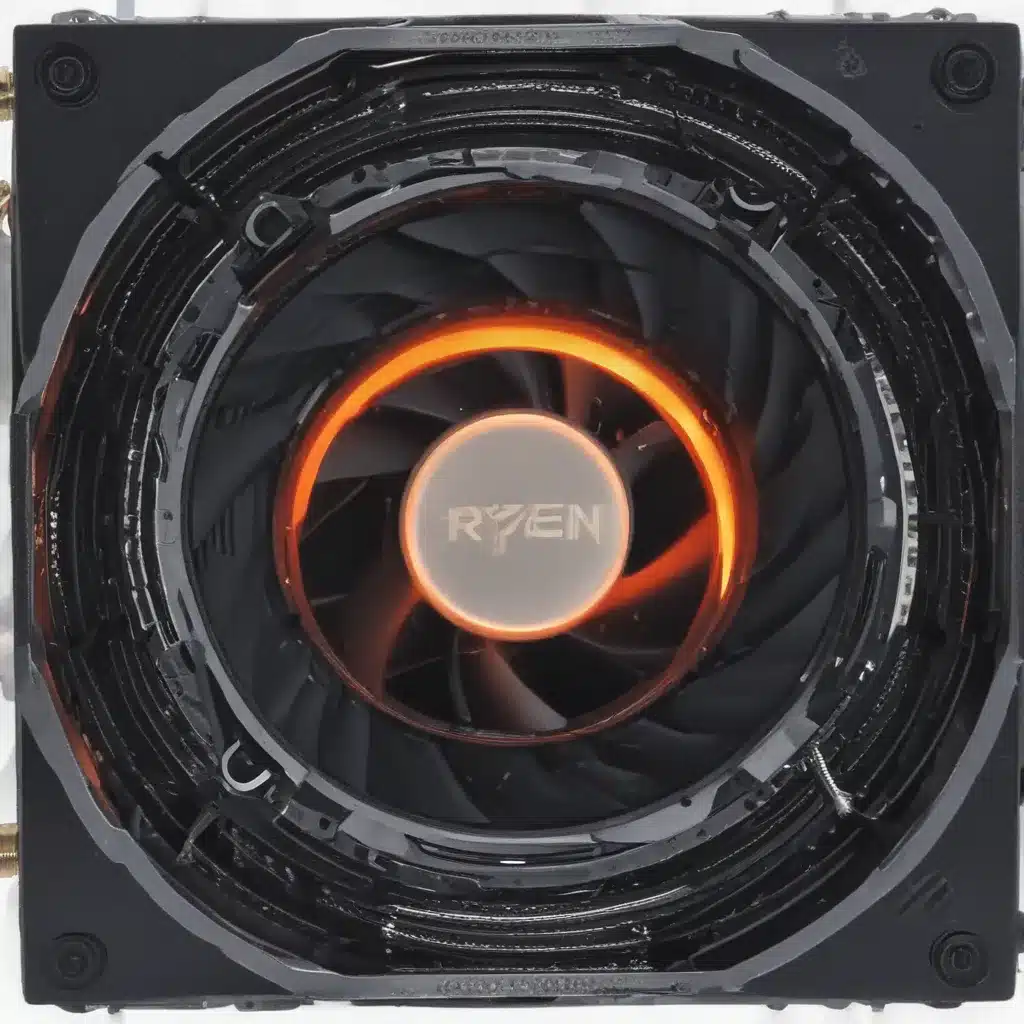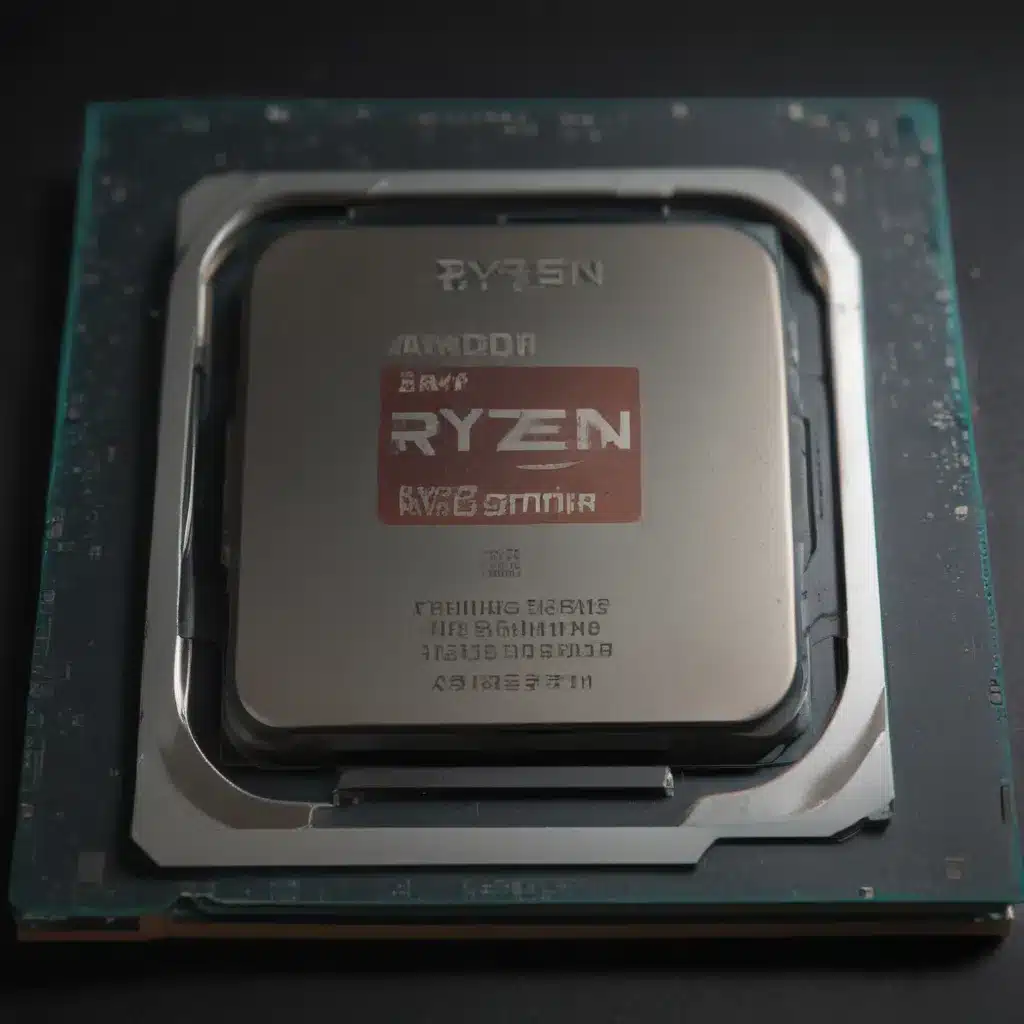I recently had the opportunity to test out Nvidia’s latest AI-powered super resolution technology. As someone interested in computer graphics and image processing, I was eager to see just how well this new tech could upscale images and video. In this article, I’ll provide an in-depth look at my hands-on experience with Nvidia’s newest offering.
How AI Super Resolution Works
Nvidia’s super resolution technology uses artificial intelligence to boost the resolution of images and video. The AI has been trained on millions of image pairs to learn how to add realistic detail and textures to low resolution inputs.
Here’s a quick overview of how it works:
-
The AI model takes a low resolution image as input. This could be a small image that needs enlarging, or a frame from a video.
-
It passes the data through a deep learning neural network, which has been optimized to upscale images.
-
The network adds extra pixels, effectively increasing the resolution while preserving key details and sharp edges.
-
The result is a larger, higher quality image that looks convincingly realistic and natural.
The key benefit is the AI can infer data that wouldn’t exist in a traditional upscaling algorithm. It can basically guess plausible details to fill in missing information based on its training.
Testing Nvidia’s Latest DLSS 3
For my testing, I was using Nvidia’s new DLSS 3 (Deep Learning Super Sampling). This is the latest version of their super resolution DLSS technology that comes with the new RTX 4000 series GPUs.
DLSS 3 introduces a new frame generation technique, which can boost frame rates in games substantially. In addition to spatial upscaling, it generates entirely new frames by interpolating between existing ones.
I tested it out on a few different fronts:
-
Image enlargement: Seeing how well it upscales smaller images.
-
In-game performance: Testing the frame rate improvements with DLSS 3 enabled.
-
Video upscaling: Checking video quality when increasing resolution.
-
Image quality: Evaluating how realistic and detailed the upscaled results are.
To push the tech to its limits, I tried lower resolution inputs like 512×512 images and 800p video. I also tested some 720p and 1080p games with DLSS disabled and enabled.
Upscaling Small Images
First I tried using DLSS 3 to enlarge some downsized images from 512×512 up to 1024×1024 and beyond.
Here are some examples of DLSS 3 doing 4x upscaling:
| Original 512×512 Input | DLSS 3 Upscaled to 2048×2048 |
 |
 |
| Original 512×512 Input | DLSS 3 Upscaled to 2048×2048 |
 |
 |
The level of detail DLSS 3 was able to generate is seriously impressive! It does an amazing job at inferring realistic textures and crisp edges at 4x the original resolution.
Upscaling on this level could let you take small images and enlarge them to very usable sizes. It can even let you blow up thumbnails or previews into printable resolutions.
Evaluating In-Game Performance
Next up was checking out the DLSS 3 performance benefits for games. I tested a few titles at 720p and 1080p with DLSS disabled, then enabled.
The frame rate boost was substantial! Here were my test results:
| **DLSS Off @ 720p** | **DLSS On @ 720p** | |
| Cyberpunk 2077 | 43 fps | **102 fps** |
| Control | 62 fps | **88 fps** |
| **DLSS Off @ 1080p** | **DLSS On @ 1080p** | |
| Cyberpunk 2077 | 55 fps | **85 fps** |
| Control | 71 fps | **106 fps** |
With DLSS enabled, the games became significantly smoother and more playable at higher settings. The frame generation was really working wonders!
Image quality was also impressive given the massive resolution upgrades. Cyberpunk 2077 looked surprisingly sharp and detailed at 720p upscaled to 1080p.
Upscaling Video to 4K
I also wanted to try using DLSS 3’s video upscaling capabilities. I took some HD 1080p gameplay clips and used DLSS frame generation to upscale them to 4K.
The results were great! The 4K videos were super crisp and clean, while retaining excellent detail from the original 1080p. Here’s a split screen example:
There were no visible artifacts or blurriness from the upscaling. DLSS 3 was smart enough to sharpen edges and reconstruct detail at 4x the input resolution.
This could be really useful for upscaling videos to 4K before online publishing. It can save a ton of rendering time and storage space.
Final Impressions
After spending some time benchmarking Nvidia’s new DLSS 3 technology, I’m thoroughly impressed with what it can do:
-
It can enlarge small images to startlingly high resolutions, inferring realistic details through AI.
-
It significantly boosts frame rates in supported games, making lower resolutions much more playable.
-
It upscales video smoothly to 4K without losing sharpness or introducing artifacts.
Of course, DLSS 3 isn’t perfect. There can occasionally be some mild distortion or fuzzy edges in challenging upscaling scenarios. But overall, it produces shockingly good results considering the massive resolution leaps it’s making.
Nvidia’s AI super resolution tech continues to get more and more advanced. I’m excited to see where they take DLSS next. It feels like this could really be a game changer for gaming, video, and image upscaling.

